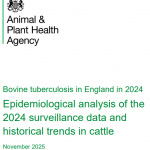
In late November 2025 APHA published online their annual report on bTB for last year: “Bovine tuberculosis in England in 2024 Epidemiological analysis of the 2024 surveillance data and historical trends in cattle.” It is a disappointing read.
In 2023, APHA said:
“A new Disease Report Form (DRF), for recording cattle TB incident investigations, is under development. This aims to enhance data capture and review the methodology around how we assess source attribution to improve understanding of TB transmission pathways and the evidence base for biosecurity advice.”

But in their latest report, APHA are once again using the tired, outdated and discredited veterinary ‘risk pathways’ approach (see chapter 2 of this 2023 report.). It has still not been properly revised, and is being used again to speculate about the source of new infections. As a result, APHA continue to point ‘by default’ to badgers. They do this by ignoring the thousands of undisclosed infections from breakdown herds incorrectly declared bTB-Free each year due to the flawed testing regime that they have imposed on farmers for decades. These herds get rid of higher risk animals to other farms and at auction for years after they have been suspended following the identification of reactors. The APHA are very well aware of this.
This undetected disease in the herd continues to be overlooked for reasons that remain unclear. Perhaps one reason for the apparent intransigence to this overwhelming problem is that disruption to the industry supply-lines are limited, but the result is that the epidemic continues across England.
Let us remind ourselves that this ‘risk pathways’ system is based on a tick-based form that is completed by farm vets, who when invited to speculate on the likely origin of infection, and seem unable to link it to a previous cattle infection, possibly due to lack of information – just tick the box that blames badgers. No evidence required and the farmer is reassured it’s not their purchasing that has led to a breakdown. But……………..
Cattle testing is missing us to half of infected animals
- It is now accepted that the standard SICCT test, at standard interpretation, has a low average sensitivity of around 50%, thus missing up to half of infected animals. Some would say lower.

- Government’s external vet of choice, Cambridge University’s James Wood claimed on BBC Radio 4’s Farming Today earlier this year that: “The challenge is with this [testing] system, the controls are imperfect, so that when we clear a farm with TB we know that a proportion that maybe as high as 25 or 50%, a proportion will have one or two animals that are still likely to be infected.“
- A study in Switzerland found suggested persistence of bovine TB in a dairy herd for nearly fifteen years without detection.
- New studies have been testing bulk milk tanks on farms for bTB antibodies using Enferplex testing (1,2) essentially doing a whole-farm bTB test in one go, indicating that up to 40% of dairy herds have bTB infection.
Let’s blame badgers anyway
These shocking facts make a nonsense of the new APHA report and the ridiculous levels of badger transmission suggested. It is just so confused and contradictory. It states that over half of new TB incidents occurring in 2024 in England, and nearly 60% of those in the HRA, were disclosed in herds that had experienced a TB incident in the preceding 3 years (recurrent herd incidents). These are herds that will be selling out infected surplus stock on a routine basis. Therefore, recurrent infection of cattle herds remains an important driver of the epidemic in these risk areas (Table1.1).
But at the same time it claims that the main risk pathway identified across all HRA counties during veterinary investigations was via potential exposure to infected badgers, which supposedly accounted for a weighted contribution of between 37.1% (Devon) and 67.2% (Shropshire). So over half of new incidents are in herds that previously had TB (and this doesn’t account for disease from brought-in stock), but at the same time up to around one to two thirds are blamed on badgers. And it actually contends with pure guesswork, that “Recurrent herd incidents can occur due to a number of factors which includes residual infection, exposure to infected wildlife, poor biosecurity and high risk trading practices, amongst others” when it knows a large majority is infection breaking out again from within herds where it has been present all along.
This is veterinary nonsense and it just has to be queried who is in charge. Why do the APHA want to keep reporting such speculative claims? The most obvious reason is that bTB is totally beyond the current control system. Surely they cannot believe that it is anything other than the daily sale of inadequately tested stock that maintains the disease. Stock that in Wales, it is now unlawful to sell. Whatever happened to risk-based trading? Why does APHA hide the reality that newly OTF breakdown herd stock are massively risky?
And there is no acknowledgement of recently published science that shows that culling badgers during the Randomised Badger Culling Trials,(see here and here) and during the industry led culls (here) since 2013 cannot be shown to have resulted in any disease benefit. The central evidence for badgers being a significant source of infection is now absent. So why this continuing fixation with trying to blame badgers? Is the problem just too big for anyone to take responsibility? Why did they throw the most experienced cattle vet off the BTB partnership for exposing why the current testing system has failed in dairy herds?

APHA are an organization that appear frozen in their capacity to change, despite the growing evidence of systems failure. This is a report for 2024 and there is nothing to suggest this year will be any different. APHA surround themselves with those who want to blame and kill or interfere with badgers, often it might seem just to hide their past oversights. When their badger policy since 2013 is an epidemiological mistake of epic proportions, heaping prolonged misery and suffering on cows, farmers and badgers at public expense and with no end in sight.
Additional References
(1) Hayton, A. (2025) Can Bulk Milk Revolutionise TB testing? A study to examine the contribution of bulk milk testing to bovine tuberculosis(bTB) surveillance and control in Great Britain. British cattle Veterinary Association Congress, Edinburgh 9-11 Oct. 2025.
(2) Hayton, A., Watson, E. and Banos, G. (2023), Bulk milk testing for bTB surveillance. Veterinary Record, 192: 85-85. https://doi.org/10.1002/vetr.2670

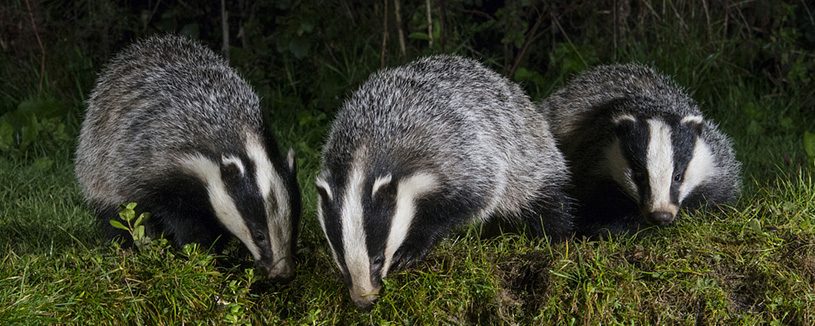
 Labour took over Government in July 2024, with a manifesto that announced an end to “ineffective” badger culling. But since then there has been little change in the perpetual failings of Government response to the scientific and policy issues.
Labour took over Government in July 2024, with a manifesto that announced an end to “ineffective” badger culling. But since then there has been little change in the perpetual failings of Government response to the scientific and policy issues. Now a trickle of papers are being published that seem to reveal the policy direction DEFRA is pushing for adoption for England, and hence Wales and Northern Ireland. APHA staff seem to be scrupulously sticking to
Now a trickle of papers are being published that seem to reveal the policy direction DEFRA is pushing for adoption for England, and hence Wales and Northern Ireland. APHA staff seem to be scrupulously sticking to 





 Hotspot 29
Hotspot 29

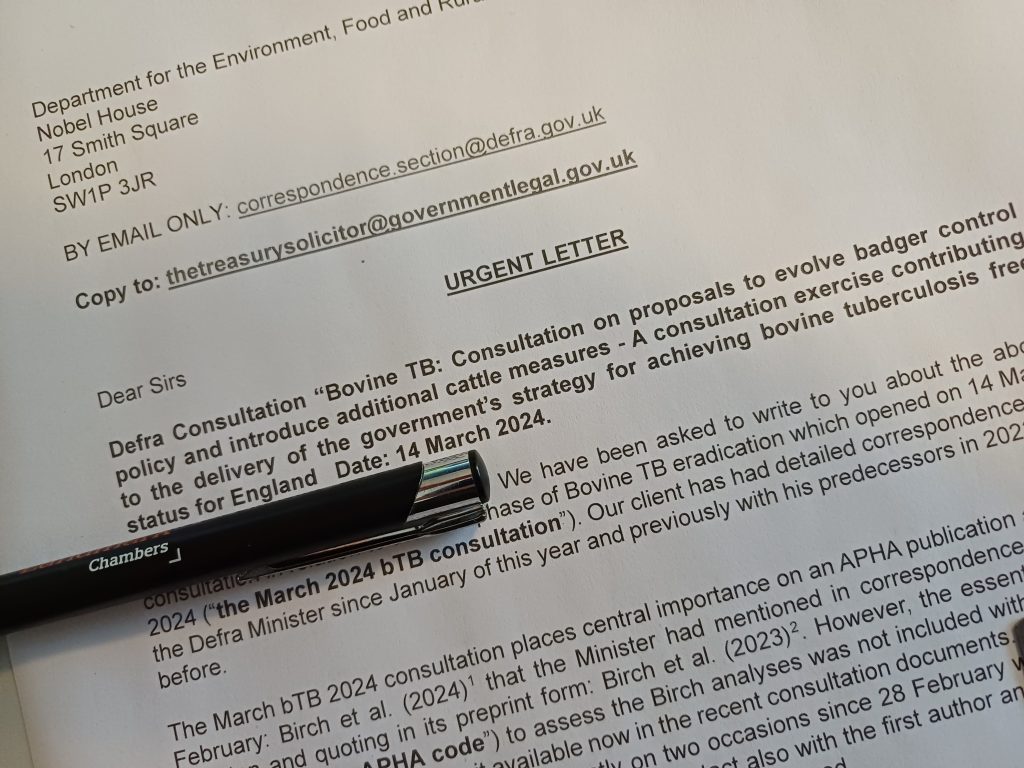

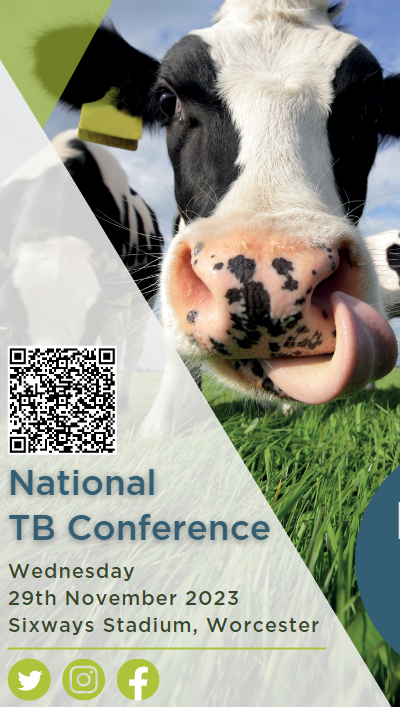
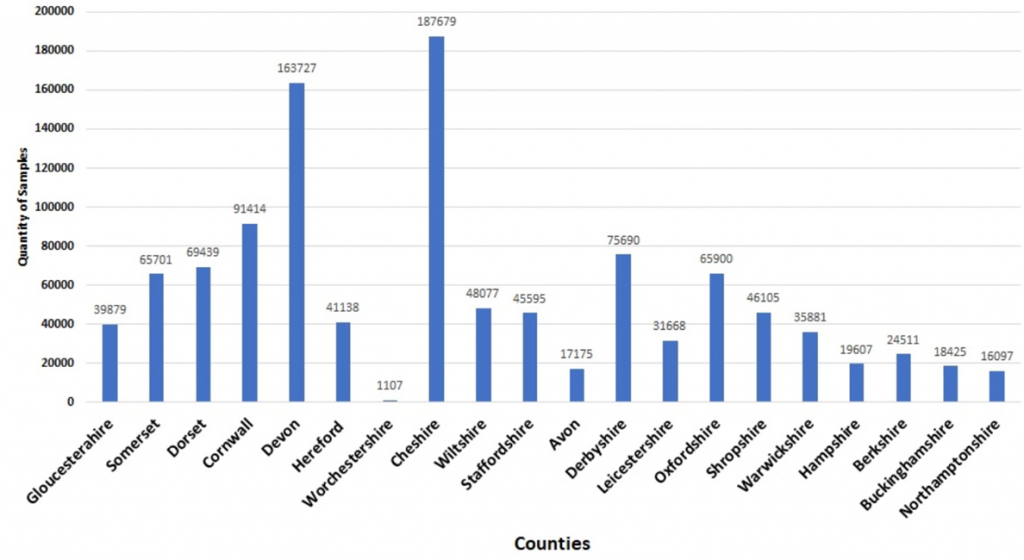
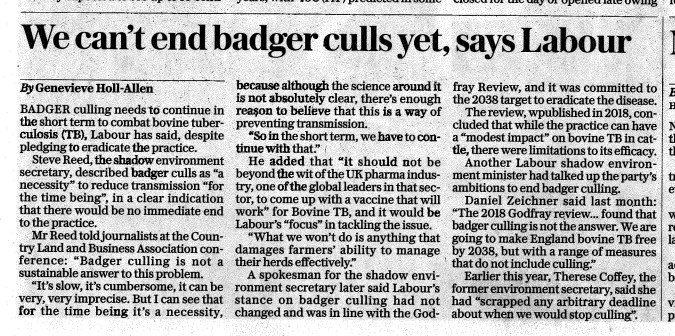


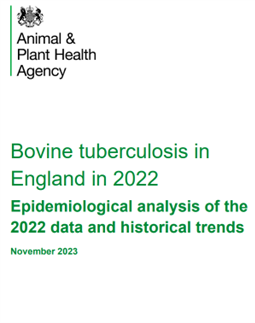
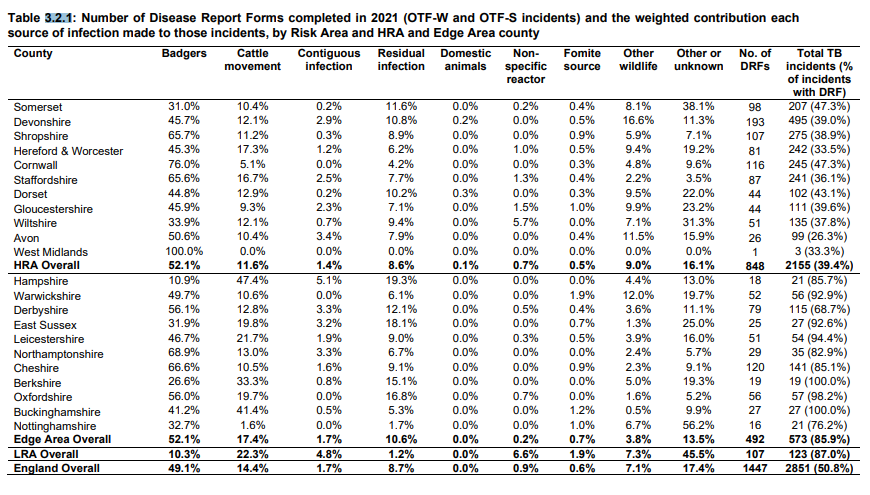
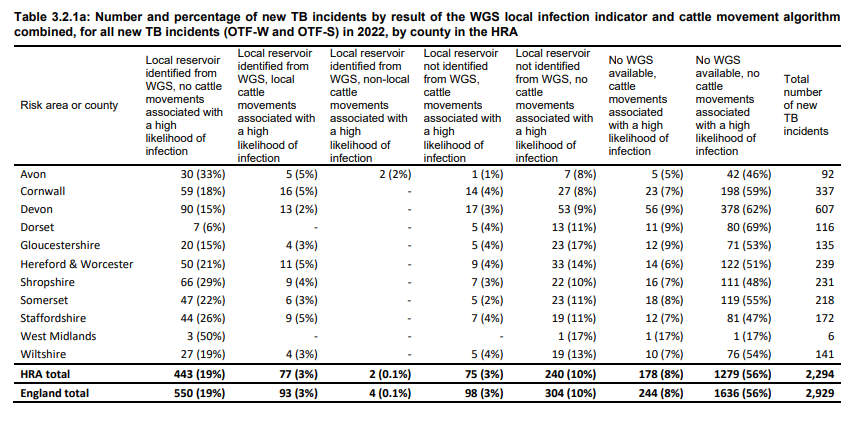
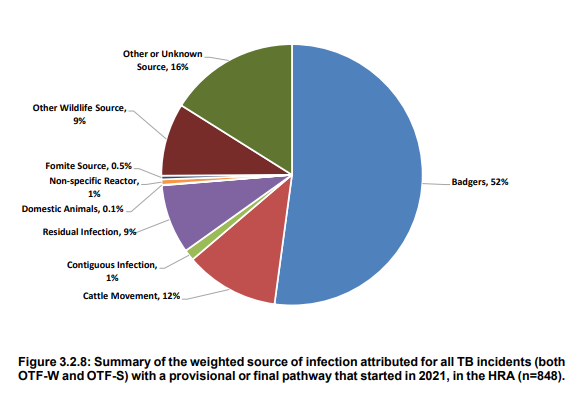

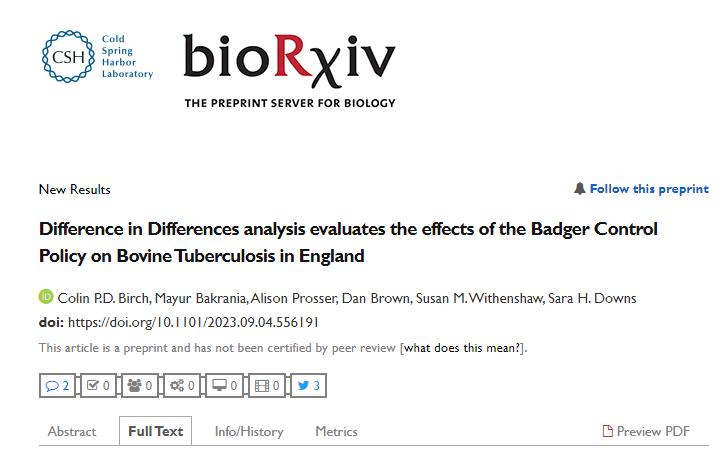
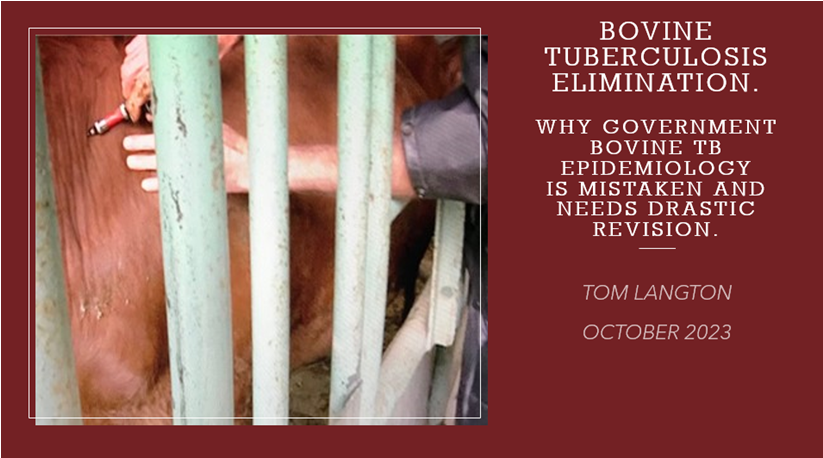
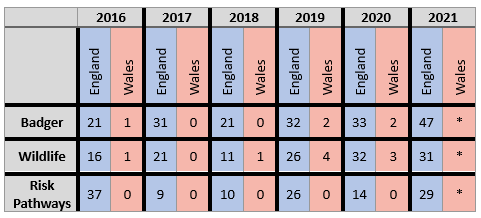

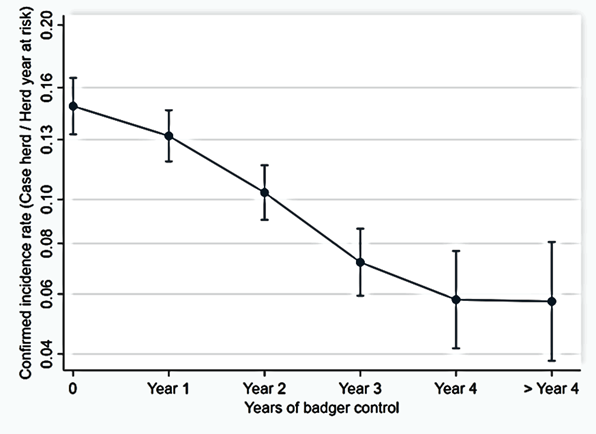
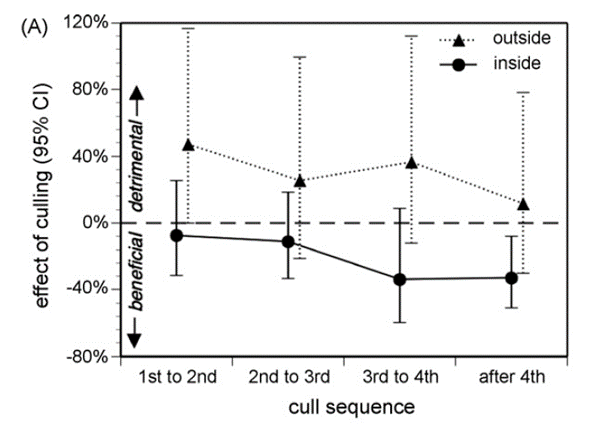
 This week, Dr Brian Jones appealed to the first-tier tribunal of the General Regulatory Chamber (Information Rights) in an online hearing coordinated by the GRC Team in Leicester. It concerned a ruling by the Information Commissioner upholding the decision by the Animal Plant and Health Authority (APHA), not to supply the data to him on herd breakdown figures for culled and unculled areas in the High Risk Area. It had been decided that to supply the information would have been an unreasonable burden and contrary to the public interest.
This week, Dr Brian Jones appealed to the first-tier tribunal of the General Regulatory Chamber (Information Rights) in an online hearing coordinated by the GRC Team in Leicester. It concerned a ruling by the Information Commissioner upholding the decision by the Animal Plant and Health Authority (APHA), not to supply the data to him on herd breakdown figures for culled and unculled areas in the High Risk Area. It had been decided that to supply the information would have been an unreasonable burden and contrary to the public interest.